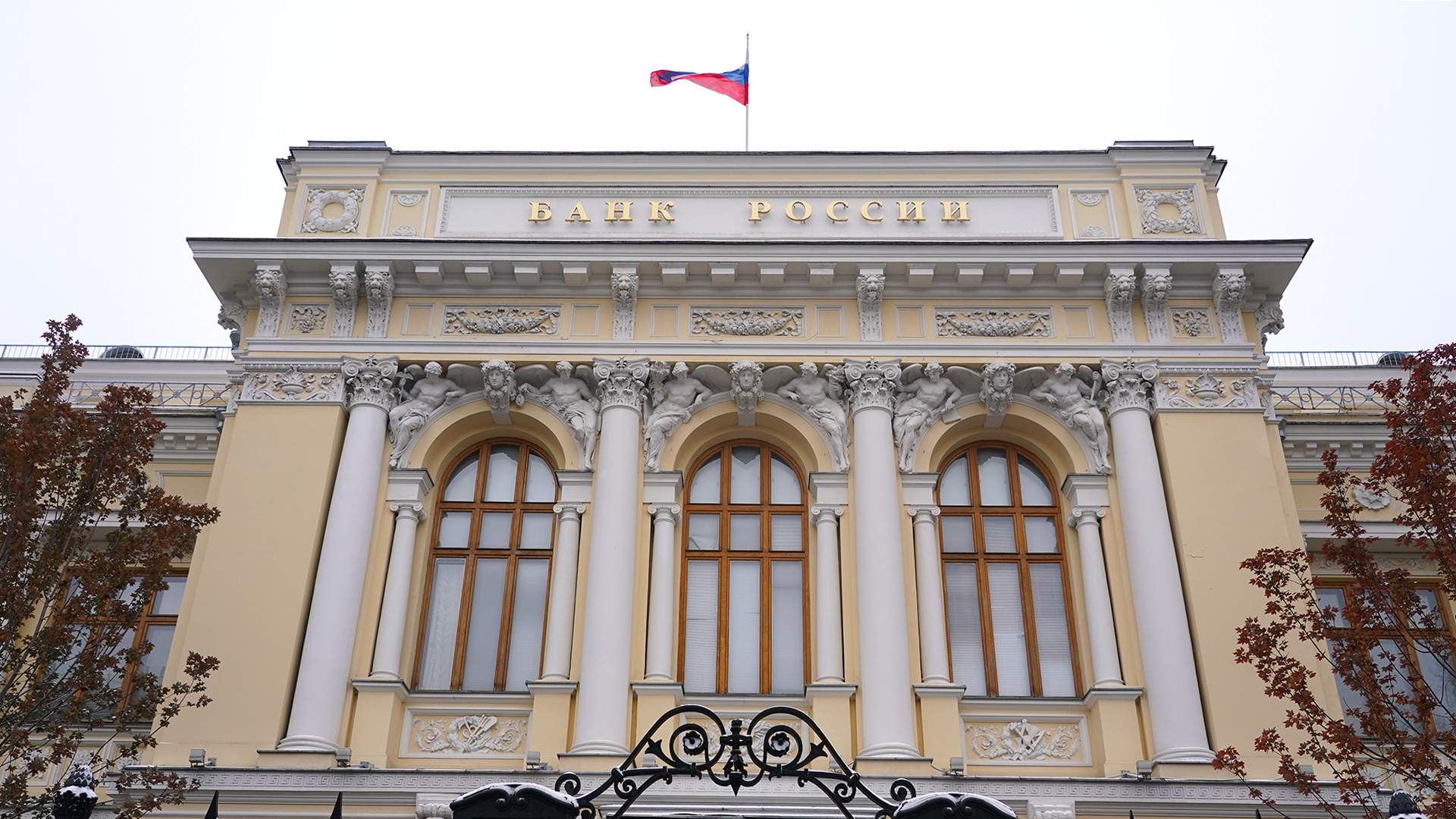
Russian GDP growth in the first quarter at 4.6%
By Rhod Mackenzie
The Central Bank of Russia (CB) of the Russian Federation estimates that the country's gross domestic product (GDP) will grow by 4.6% in annual terms in the first quarter of this year. By the end of the current quarter, the bank expects this figure to be 4.4%. This information was published in the commentary to the regulator’s medium-term forecast on 13 May.
It is noted that a slowdown will then follow, with growth rates of 0.5–1.5% in the fourth quarter of 2024.
“From the second quarter of 2024, the current GDP growth rate (quarter-on-quarter with seasonal adjustment) will slow down under the influence of the growing effects of tight monetary conditions. The main driver of growth will continue to be high consumer and investment demand.” The Bank of Russia has forecast that economic activity will grow by 2.5–3.5% in 2024. In 2025, growth is expected to be 1.0–2.0%, while in 2026 it will be 1.5–2.5%.
Prior to this, on 7 May, Russian President Vladimir Putin signed a decree on the Russian Federation becoming the fourth largest economy in the world in terms of GDP growth. The head of state noted that this must be achieved through increased labour productivity and while maintaining macroeconomic stability.
In addition, on 27 April, Putin said during a meeting on economic issues that macroeconomic indicators at the beginning of 2024 exceeded forecasts. He highlighted that in the Russian Federation, inflation is slowing down due to the accelerated pace of development of the manufacturing industry.
On 16 April, the International Monetary Fund (IMF) revised its growth forecast for the Russian economy in 2024. The forecast indicates that Russia's GDP growth this year could reach 3.2%. The fund's economists have revised their forecast for this indicator upwards by 0.6% compared to their January estimates. The forecast for 2025 has also been increased to 1.8%. Prior to this, the head of the Central Bank, Elvira Nabiullina, also addressed the growth of indicators.
